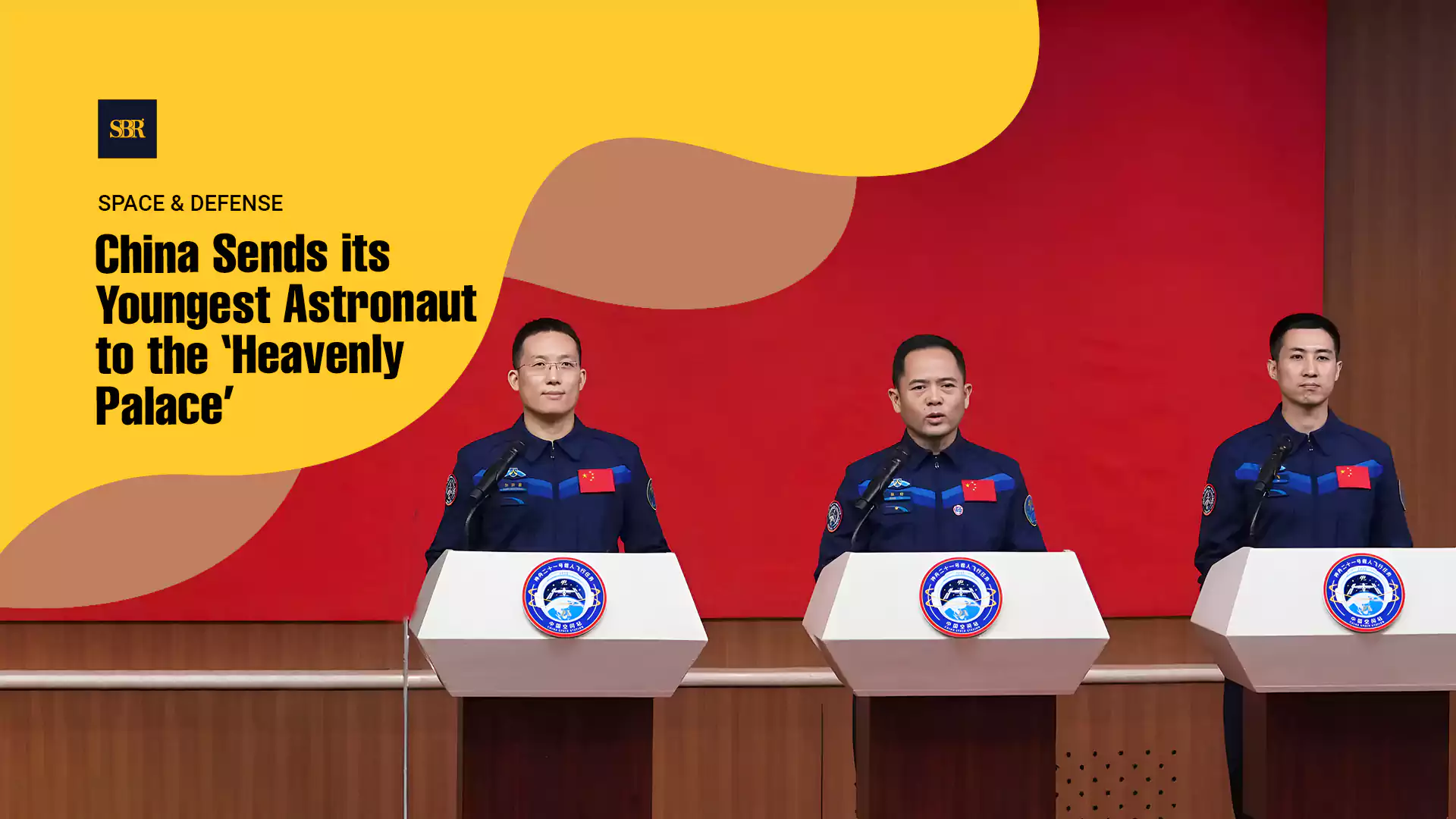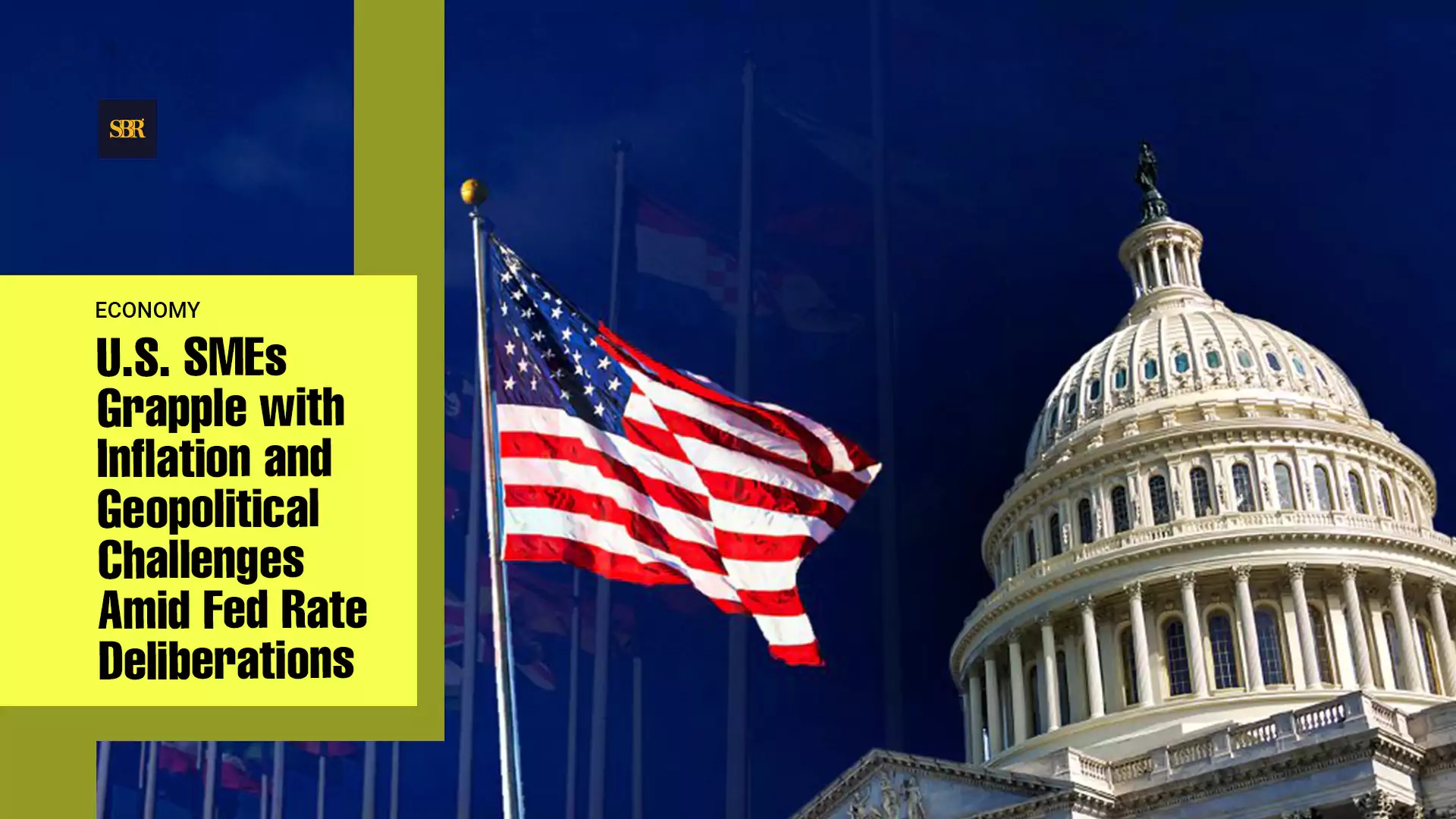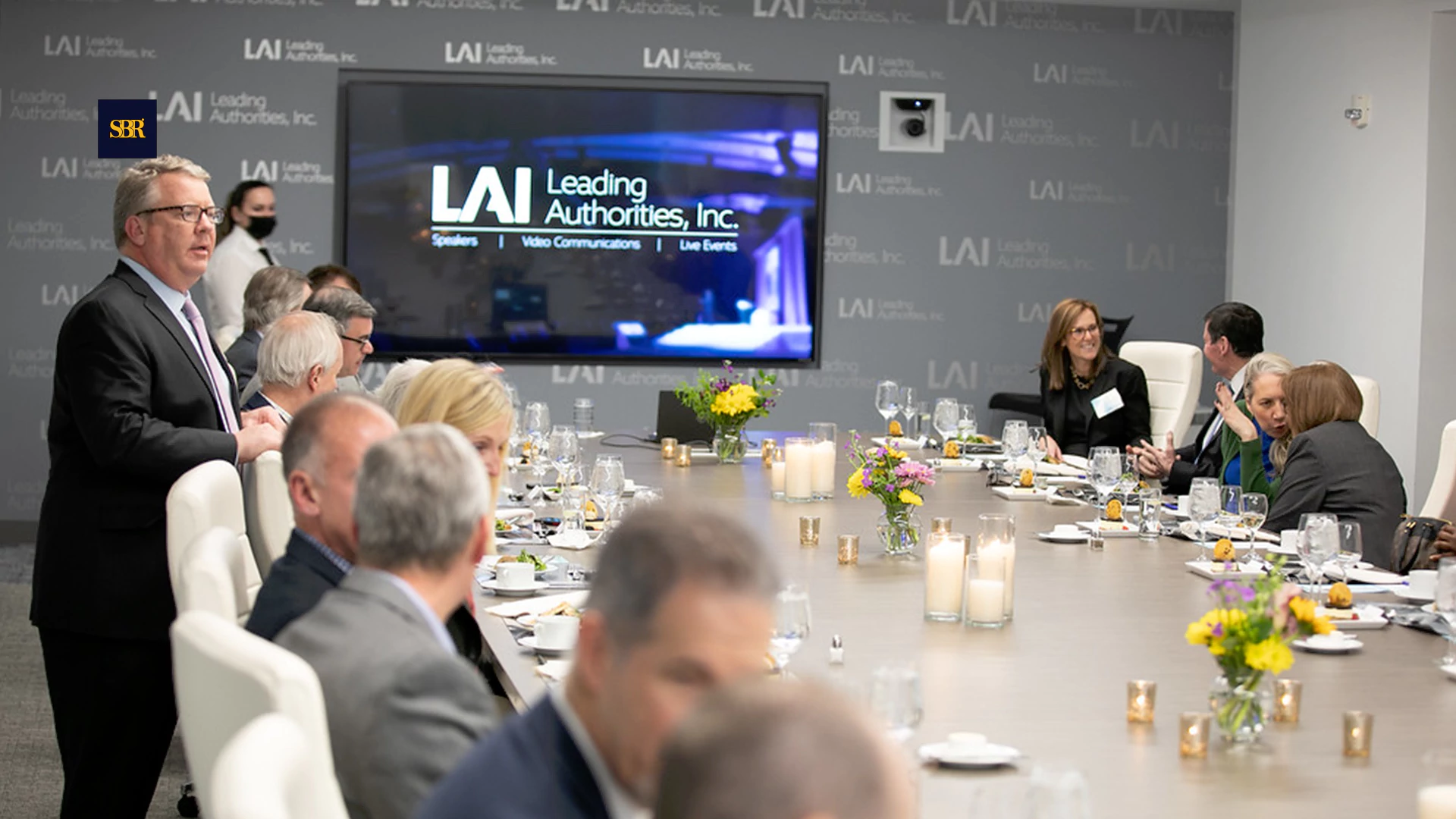BEIJING, Nov. 3, 2025 — China’s Shenzhou-21 mission marked another stride in the country’s growing ambitions beyond Earth. The spacecraft carried three astronauts, including Wu Fei, the youngest yet to reach the Tiangong space station. For China, the launch was more than a routine journey to orbit. It was a show of confidence and continuity, led by a new generation of astronauts ready to take command of future missions.
The launch from the Jiuquan Satellite Launch Centre in the Gobi Desert lit up the night sky. Broadcast live on state media, the Long March-2F rocket lifted off smoothly, drawing applause from mission control and citizens across the country. The Shenzhou-21 team will spend six months aboard Tiangong, conducting experiments and testing systems that support long-term living in space. The mission strengthens Beijing’s goal of maintaining a permanent, self-sufficient presence in orbit while developing technology that could one day extend to lunar or Martian travel.
What Does this Mission Mean for China?
The Shenzhou-21 mission is the seventh crewed visit to Tiangong since the station’s completion in 2022. Each mission adds experience and helps refine China’s approach to operating an orbital outpost. More importantly, the missions bridge generations. Veteran astronauts now train younger ones who will lead future flights. This gradual transfer of responsibility keeps the country’s space program stable and grounded in hard-won knowledge.
Chinese officials describe the program as a long-term national commitment, focused on steady progress rather than one-time achievements. The priority is to keep operations consistent, nurture homegrown talent, and deepen expertise in science and engineering. Researchers aboard Tiangong are conducting experiments in medicine, materials science, and biology, expanding China’s presence in areas once dominated by NASA and the European Space Agency.
The Growing Space Rivalry
China’s steady progress has not gone unnoticed in Washington. The United States has quickened its lunar programs, determined to return astronauts to the Moon before China does. Both nations are building international partnerships that reflect their broader strategic competition. The U.S. promotes the Artemis Accords, which already include many allies, while China and Russia are working on plans for an International Lunar Research Station.
The rivalry now reaches beyond the race to orbit. Control over space technology, infrastructure, and research is becoming a measure of national influence. Beijing’s program, once seen as catching up, now stands as a competitor to Western-led efforts. For China, progress in space represents scientific achievement, national confidence, and a growing role in global leadership.
Behind the rivalry stands a new generation ready to define China’s next chapter in space. The Shenzhou-21 crew represents the next generation of Chinese astronauts, younger and highly trained in science and engineering. Their mission is not only to operate Tiangong but to carry the nation’s ambitions further than any Chinese crew has gone before.
The Shenzhou-21 launch captures a moment of self-assurance for China’s space program. What began two decades ago as a distant dream has become a disciplined, long-term project supported by talent, technology, and political will. As Tiangong circles above Earth, it stands as both a scientific platform and a symbol of how far China’s ambitions have travelled. The Heavenly Palace glows over the planet as proof that China’s path into space is now steady, purposeful, and unstoppable.
Science and Future Missions
Life Experiments in Orbit: The Shenzhou-21 crew brought an unusual set of passengers, four black mice. These are the first small mammals ever sent to the Chinese space station. Scientists will observe how they reproduce, move, and adapt in microgravity. The findings could help answer questions about how humans might sustain life during deep-space travel or establish colonies beyond Earth.
In addition to biological experiments, the crew will test advanced 3D printing systems, plant growth modules, and radiation monitoring devices. The work continues China’s effort to build a self-sufficient laboratory in space capable of supporting a wide range of research fields.
New Goals for Future Missions: China plans to open Tiangong to international astronauts. Reports suggest that a Pakistani astronaut could join an upcoming mission, marking the first foreign presence aboard the station. This move would show China’s intent to promote collaboration and make Tiangong a shared platform for scientific research rather than a closed national project.
Officials from the China Manned Space Agency have said they want Tiangong to become a hub for joint experiments with developing nations. The effort supports Beijing’s broader foreign policy goal of building influence through cooperation in science and technology.
China’s young astronauts now carry forward a vision that began decades ago and shows no sign of slowing.
Inputs from Diana Chou
Editing by David Ryder

















